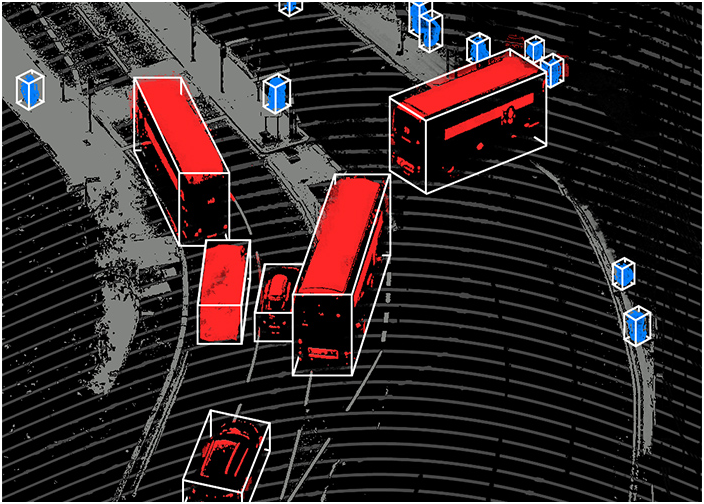Streamline Your Data Workflow With Image Annotation Tools
All industries rely on the power and versatility of machine learning and artificial Intelligence to extract invaluable insights from large quantities of data. An image annotation technique is an essential computer imaging technique that plays an essential role in making image data understandable. In this article, we delve into the world of image annotation and look at the significance of annotation tools as well as software and solutions to unlock the potential of decision-making based on data.

Image annotation refers to identifying images, or marking images with metadata. This allows computers to interpret and interpret visual data more precisely. Image annotation, which includes the addition of bounding boxes, polygons, or key points to images, allows ML models to identify objects, patterns, and attributes. This process bridges between raw image data, and the ability to make actionable decisions. It opens the way to applications in many domains like autonomous vehicles as well as medical imaging.
To simplify the annotation process, a vast range of annotation tools have been designed. These tools offer intuitive interfaces that let annotators make notes on objects or areas that interest them in images without difficulty. These tools come with a variety of options, in addition to customizing features which can be customized to meet the specific requirements of data. Image annotation tools are available in a broad range of options, including basic drawing tools, advanced shapes recognition, and automated annotation suggestions. This allows annotators to work effectively and efficiently.
The next version of the software for image annotation integrates automation and collaboration features. These applications make use of ML algorithms to automate the annotation process, which reduces the amount of manual effort required and boosts the speed of annotation. The annotation software uses techniques such as transfer learning and Active Learning to speed up labeling and still deliver high-quality results.
Annotation software can also facilitate collaboration between multiple annotators. This lets teams work seamlessly together. It allows real-time communications with annotation versions and even commenting. This allows for a more efficient and smooth environment. This collaborative approach not only improves annotation quality but also encourages sharing of knowledge and assures consistency between annotations.
When choosing an image annotation system, several factors need to be taken into consideration. First, the solution needs to be in line with the specific needs of the project, for example, the type of annotation required (e.g. key points or polygons) or the difficulty of the task of labeling, as well as scalability.
The second is that flexibility and adaptability The second factor is flexibility and adaptability. A reliable solution for annotation needs to allow the customization of workflows for annotation and also the integration of existing systems as well as compatibility with multiple data formats. This flexibility allows the annotation software to seamlessly integrate into existing workflows and pipelines to increase productivity overall.
It is also important to assess the quality of annotations that the solution produces. Annotation solutions that are reliable employ quality control techniques to ensure the accuracy and consistency of labeling. These include annotation validation and checks for inter-annotator agreements and feedback loops that connect reviewers and annotators.
The impact of image annotation extends beyond the process of annotation itself. Organizations can increase the value of information by using tools and solutions for annotating images as well as software. First and foremost, precise annotations facilitate the training and development of ML models that have higher precision and resiliency. These models are then deployed in various applications including image recognition and object recognition.
Image annotation is also a way to facilitate the use of data in decision-making by providing rich, relevant insights from the visual data. In the medical field medical image annotations with annotations can help diagnose ailments, spot abnormalities or suggest treatment. Annotations on images are utilized in e-commerce to aid features like image search, visual merchandising, and recommendation systems for products.
The application of image annotation using data science has transformed our work practices by unlocking a valuable resource. It accelerates data analysis, uncovers buried relationships, and provides real-time insight. Companies can get an advantage in the market by reducing expenses, speeding up their time to market, and streamlining processes through images that are annotated. Images are an excellent method to convey concepts and they’re much easier to comprehend than abstract figures. A properly annotated image can help to make information more accessible to all those involved. Image annotation is a powerful tool to convert information into actionable insights and maximize its value for all types of applications.
